Video: Neil Young says Fort McMurray looks like ‘Hiroshima’
Paul Koring and Kelly Cryderman
WASHINGTON/CALGARY — The Globe and Mail
Sep. 10 2013
Canadian rocker Neil Young has waded into the bitter debate over Alberta’s vast oil sands and the controversial Keystone XL pipeline planned to funnel one million barrels a day of Canadian crude to huge refineries in Texas and Louisiana.
Mr. Young said in a news conference on Monday that oil sands extraction was killing native peoples, igniting a new firestorm in the ongoing battle between proponents who want the massive reserves extracted and an array of opponents who argue that burning the carbon-heavy crude will seriously exacerbate global warming that threatens the planet.
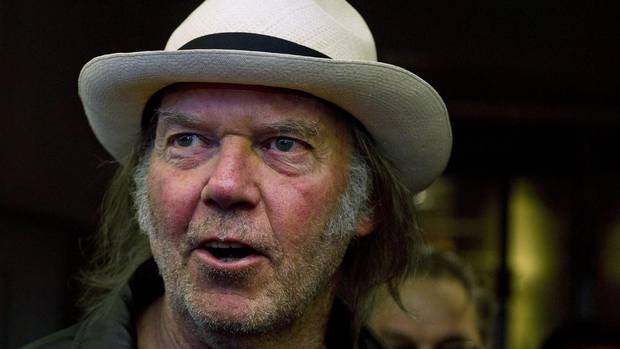
(Nathan Denette/THE CANADIAN PRESS)
“The fact is, Fort McMurray looks like Hiroshima,” Mr. Young said in Washington. “Fort McMurray is a wasteland. The Indians up there and the native peoples are dying.”
Keystone opponents were quick to cheer Mr. Young’s blunt intervention.
Sierra Club spokesman Eddie Scher said: “Neil Young has been expressing and exposing hard truths his whole career,” adding: “Looks like he’s at it again.”
Natural Resources Minister Joe Oliver – who was in Washington himself on the same day for a meeting with U.S. Energy Secretary Ernest Moniz, took a different view.
“I am a big fan of Neil Young’s music,” Mr. Oliver told the Globe. “But on this matter we disagree because Keystone XL will displace heavy oil from Venezuela which has the same or higher greenhouse gas emissions, with a stable and secure source of Canadian oil.”
The singer is among a growing number of well-known activists speaking out against Keystone XL “Neil Young is speaking for all of us fighting to stop the Keystone XL,” said Jane Kleeb, Executive Director of Bold Nebraska, a coalition of landowners and others opposed to the $5.3-billion Keystone XL pipeline. “When you see the pollution already caused by the reckless expansion of tar sands, you only have one choice and that is to act.”
Mr. Young, one of Canada’s best-known singer-songwriters since the 1960s, told a conference in Washington Monday that he recently travelled to Alberta, where “much of the oil comes from, much of the oil that we’re using here, which they call ethical oil because it’s not from Saudi Arabia or some country that may be at war with us.”
As for Keystone, Mr. Young lampooned claims that it would create lots of jobs.
“Yeah it’s going to put a lot of people to work, I’ve heard that, and I’ve seen a lot of people that would dig a hole that’s so deep that they couldn’t get out of it, and that’s a job too, and I think that’s the jobs that we are talking about there with the Keystone pipeline,” he said.
He spoke at the U.S. National Farmers Union conference in Washington, intended to support alternative fuels, such as ethanol, which he did at length, slamming Big Oil and talking about his own LincVolt, an old Continental that runs on ethanol and electricity.
Young said he drove the 1959 Lincoln, which runs on ethanol and electricity, to Fort McMurray while traversing the continent from his California home to Washington over the last two and half weeks.
At the same time, Canada’s Natural Resources Minister Joe Oliver was making the latest in a long series of lobbying visits by ministers and premiers intended to sway President Barack Obama to approve the long-delayed pipeline.
Ms. Kleeb wasn’t impressed. “Prime Minister Harper can write all the memos he wants, Joe Oliver can say anything but the reality is people are dying and the alliance between cowboys and Indians is stronger than any K Street lobbyists Canada hires.”
All Risk, No Rewards, another group opposed to Keystone XL also echoed Mr. Young’s comments.
“Canada’s First Nations know all too well the risks of Keystone XL and the risks of expanding the tar sands,” said Rachel Wolf, a spokeswoman for the group. Ranchers in Nebraska and First Nations peoples in Canada have more in common than one might think: they’re ‘Ordinary People’ who share a common goal to protect their land and protect their water, and they both know that these tar sands expansion projects are all risk and no reward.”
Mr. Young described his recent visit graphically. “The fuel’s all over – the fumes everywhere – you can smell it when you get to town. The closest place to Fort McMurray that is doing the tar sands work is 25 or 30 miles out of town and you can taste it when you get to Fort McMurray. People are sick. People are dying of cancer because of this. All the First Nations people up there are threatened by this.”
Mr. Young’s comments don’t sit well with Fort McMurray’s mayor, who called them “blatantly false.”
Melissa Blake, mayor of the Regional Municipality of Wood Buffalo, which includes Fort McMurray, said she has no problem with people having environmental interests at heart.
But she said Fort McMurray is totally different from Mr. Young’s characterization. With his power in the music industry, she’s disappointed “there wasn’t more rationality to it.”
“When people say it’s a wasteland, it really and truly isn’t,” Ms. Blake said. “When it comes to the community of Fort McMurray, you’re overwhelmed frankly by the beauty of it. You’ve got an incredible boreal environment that’s all around you. You proceed further north into the oil sands and inevitably, there’s mining operations that will draw your attention because they take up large chunks of land.”
The mayor said she always invites outsiders to the region to see the landscape, and to see oil sands companies’ reclamation efforts.
Danielle Droitsch, director of the National Resources Defense Council, said “Seeing tar sands development up close is shocking” adding “these are massive operations and industry hopes to triple its production over the next 20 years.”
Blocking Keystone XL will thwart expansion of oil sands production, according to the NRDC, but Mr. Oliver says Canada will just export its reserves elsewhere.
With files from Steven Chase and The Canadian Press






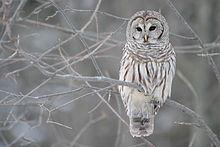



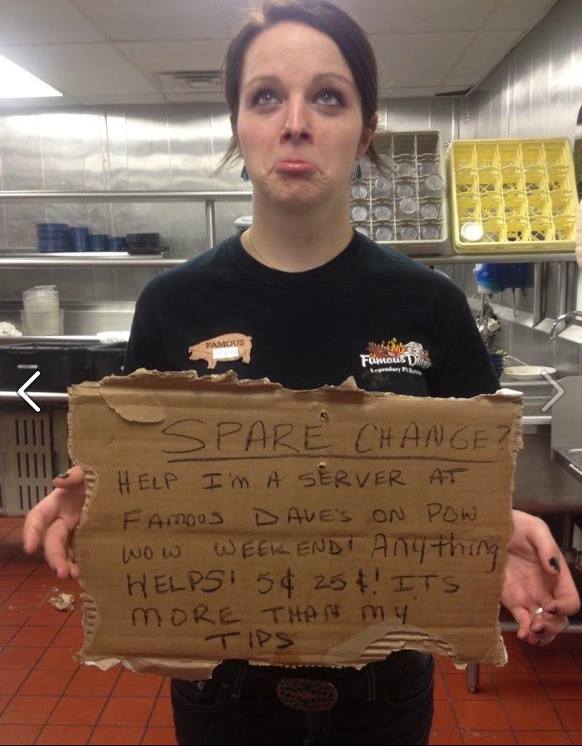



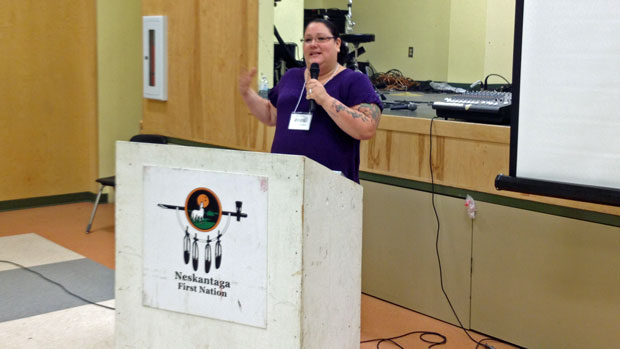


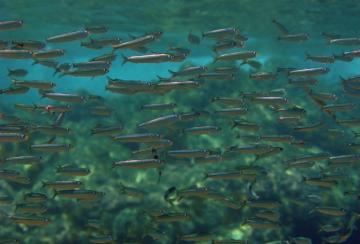
 The
The